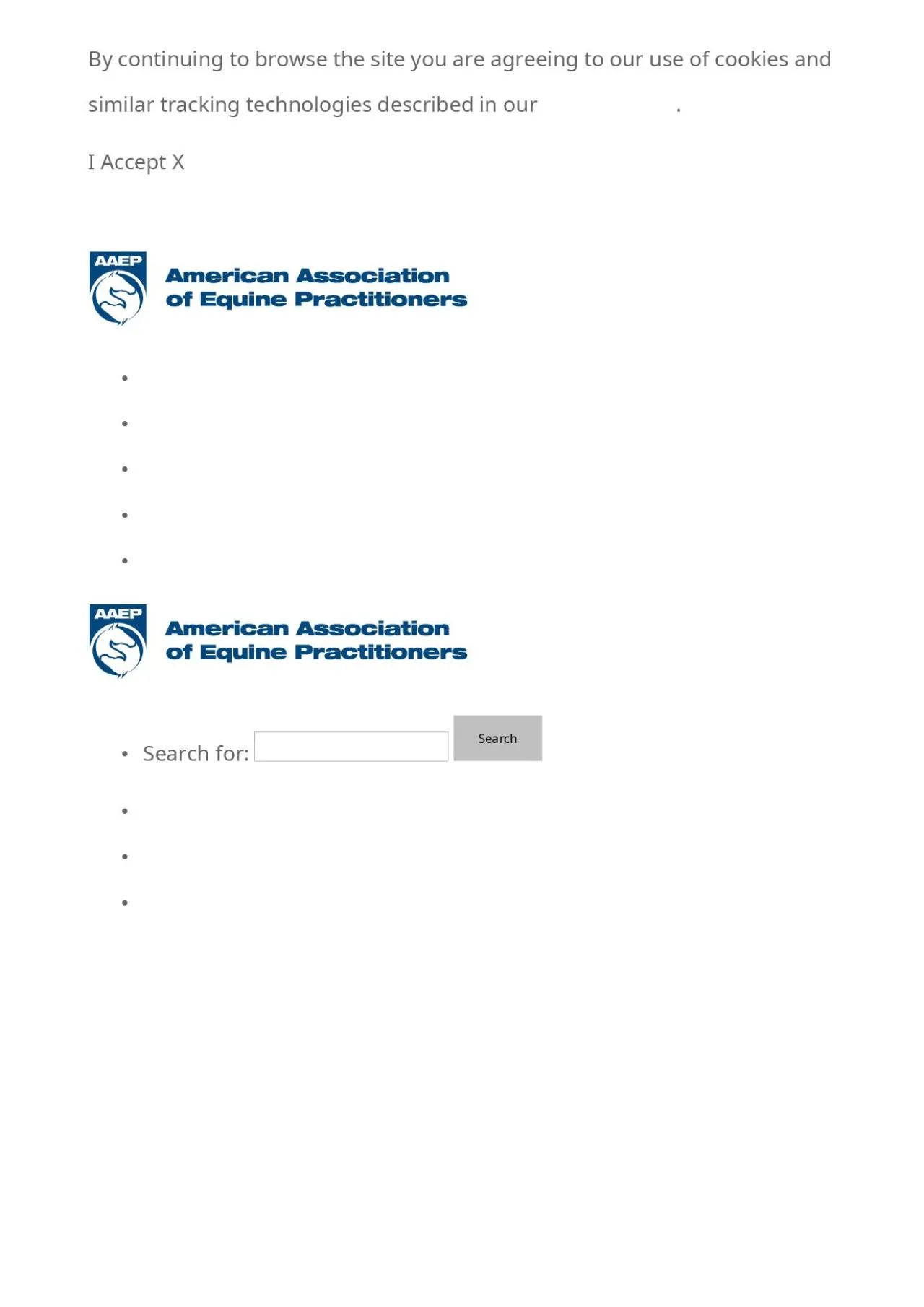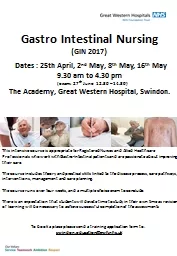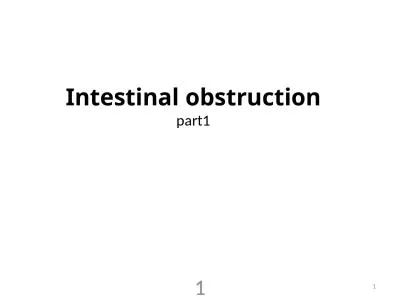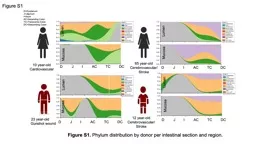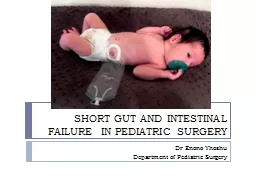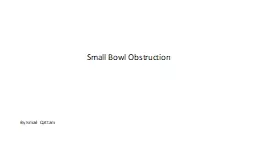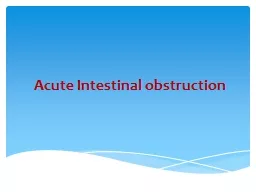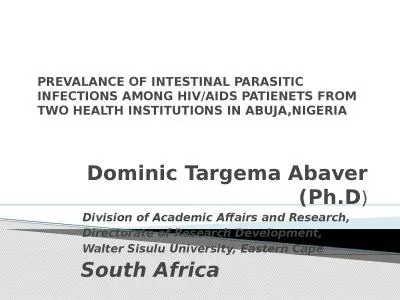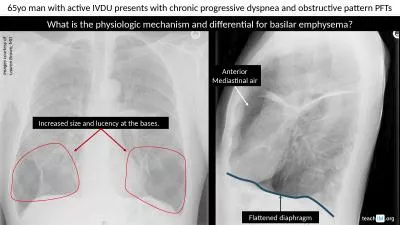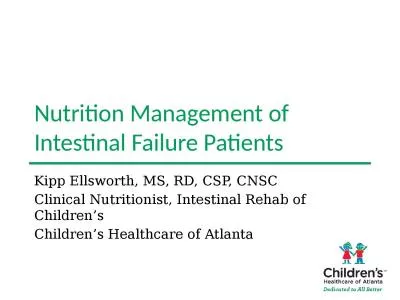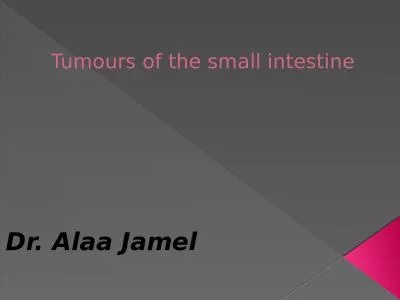PPT-Obstructive Small Intestinal
Author : reese | Published Date : 2022-06-01
Epitheliotropic Tcell Lymphosarcoma in a Horse Author Ashley French 1714 Mizzou Pl Apt 6A Columbia MO 65201 AshleyFrenchmizzouedu 8163094848 Mentors Alison LaCarrubba
Presentation Embed Code
Download Presentation
Download Presentation The PPT/PDF document "Obstructive Small Intestinal" is the property of its rightful owner. Permission is granted to download and print the materials on this website for personal, non-commercial use only, and to display it on your personal computer provided you do not modify the materials and that you retain all copyright notices contained in the materials. By downloading content from our website, you accept the terms of this agreement.
Obstructive Small Intestinal: Transcript
Download Rules Of Document
"Obstructive Small Intestinal"The content belongs to its owner. You may download and print it for personal use, without modification, and keep all copyright notices. By downloading, you agree to these terms.
Related Documents

